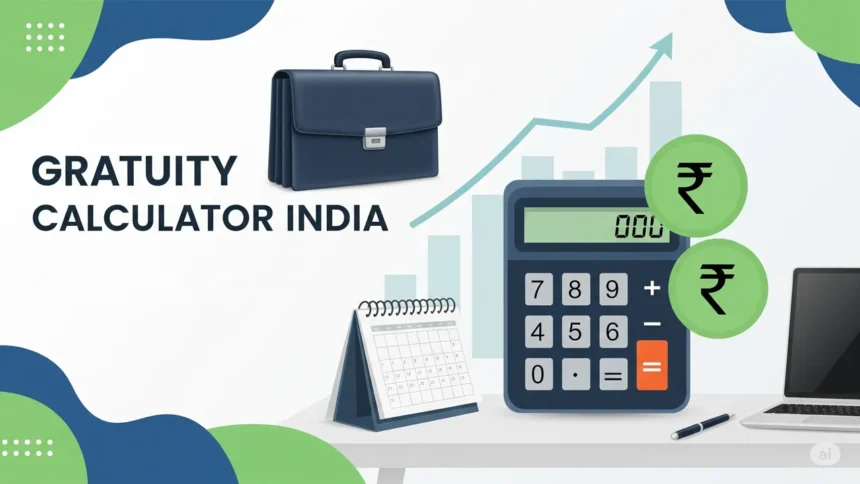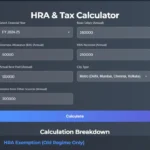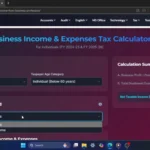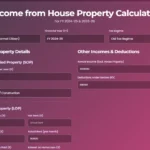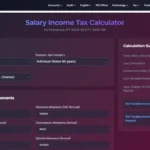Are you an employee in India nearing the end of your tenure or simply curious about your gratuity payment? Understanding your gratuity can seem complex, but with the right tools, it becomes incredibly straightforward! We’re excited to bring you a comprehensive tutorial on using the Gratuity Calculator – a precise and reliable tool based on the Payment of Gratuity Act, 1972.
This powerful calculator is designed to give you a clear estimate of your gratuity amount and even check your eligibility instantly. Let’s walk through how to use it step by step, ensuring you have all the information you need about your financial entitlements.
Watch the full tutorial here: https://youtu.be/dEI78Ch2ijM
Accessing the Gratuity Calculator: Easy Steps to Get Started
Accessing this valuable tool is super easy!
- Via Google Search: Go to Google and type “smart study blog” (without any spaces). Select the first link, smartstudyblog.com.
- Navigating the Website:
- Mobile Users: Look for the menu icon (three dashes) in the top-left corner, select it, and then choose “Tool” from the menu bar.
- Desktop Users: You’ll find the “Tool” menu directly on the home page.
- Finding the Calculator: Under “Tax and GST India,” select “Gratuity Calculator.”
Direct Link to the Gratuity Calculator: https://smartstudyblog.com/gratuity-calculator/
Step-by-Step Guide to Using the Gratuity Calculator
Let’s break down each field you’ll encounter in the calculator:
- Last Month Drawn Salary (Basic + DA): This is a crucial field. Enter your last drawn basic salary plus your dearness allowance (DA) here. For example, if your basic is ₹40,000 and DA is ₹10,000, you would enter ₹50,000.
- Date of Joining: Simply click on the date field and pick the exact date you started your employment with the company.
- Last Day of Service: Input your final working day at the company.
- Company Work Week: This detail is important for eligibility, especially for service durations under five years.
- Most Indian companies follow a 6-day work week (which is the default selection).
- If your company operates on a 5-day work week, select that option from the dropdown.
- Remember: Selecting the correct work week is vital for an accurate eligibility check if your service is just below 5 years.
Checking Eligibility & Calculating Your Gratuity
Once you’ve filled in all these details, simply click on the ‘Check Eligibility & Calculate’ button.
Understanding Your Results:
- If Not Eligible: The calculator will clearly state “Not Eligible for Gratuity.” It will also provide a precise reason, explaining that as per the Gratuity Act, you need to complete either 5 full years of service, or 4 years and a specified number of days (depending on your work week), which you might not have met.
- If Eligible: You’ll see a congratulatory message and your ‘Estimated Gratuity’ amount clearly displayed in Indian Rupees.
Transparency Breakdown: How Your Gratuity is Calculated
What makes this tool truly valuable is its ‘Transparency Breakdown’. It shows you exactly how your gratuity was calculated:
- Service Duration: Displays your total time at the company, broken down into years, months, and days.
- Years for Calculation: Explains how your service duration is rounded for the gratuity calculation. As per the Act, if your service in the final year is more than six months, it’s rounded up to the next full year for calculation purposes.
- Gratuity Formula: Shows the standard formula used in India: (Salary × 15/26) × Years of Service.
- Final Calculation: Presents the exact figures plugged into the formula, leading to your estimated gratuity amount.
- Legal Note: Crucially, there’s a reminder that gratuity is capped at ₹20,00,000 (twenty lakh rupees), as per the Payment of Gratuity Act.
This gratuity calculator empowers you with accurate information, helping you understand your financial entitlements. It’s an invaluable tool for anyone planning career transitions or simply wanting to be informed.
We hope this tutorial was helpful! If you found this video useful, please like it, share it with others, and subscribe to Tax and GST India for more helpful guides. If you have any questions, feel free to leave them in the comments below. Thank you for watching!

